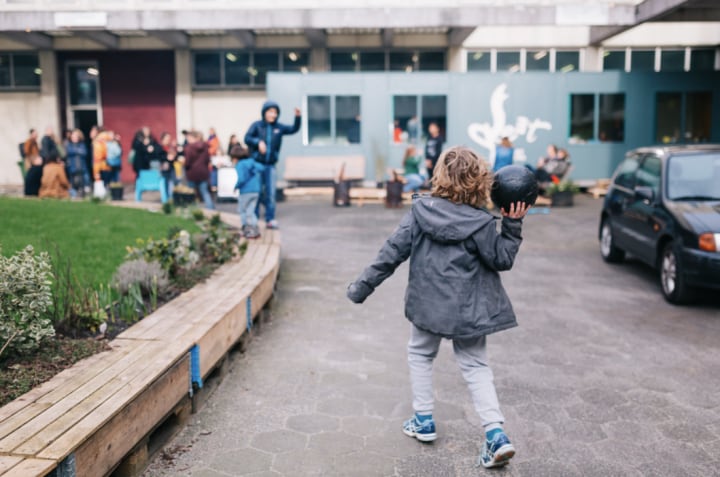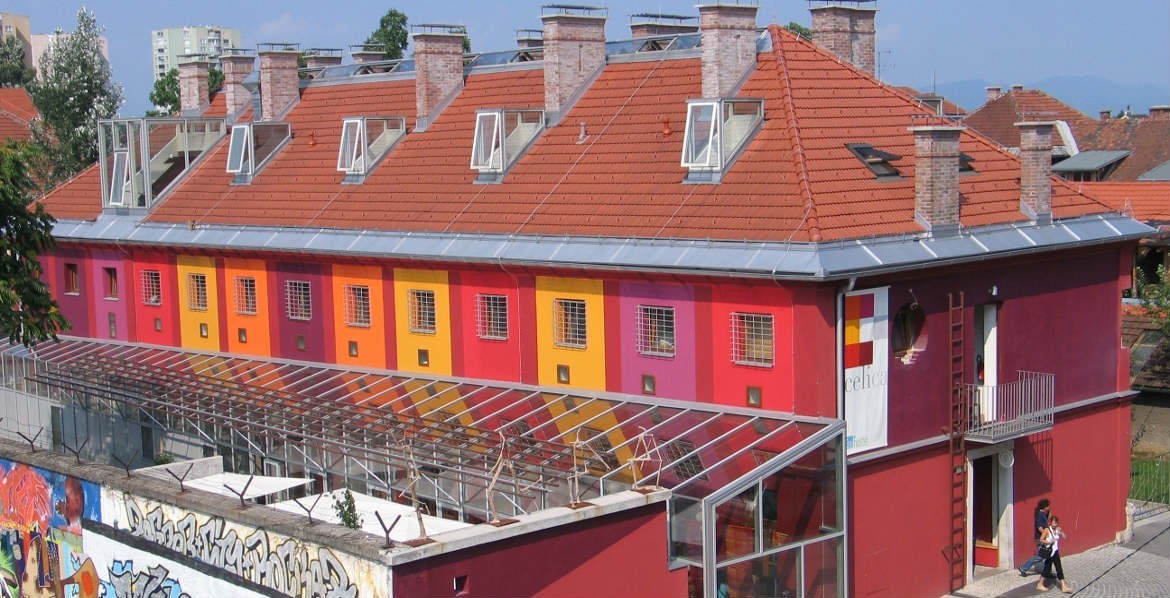Dutch prisons are so empty they're being turned into homes for refugees

Thanks to plummeting crime rates, Dutch authorities have come up with new ways to use the vacant cell blocks.
Image: REUTERS/Cris Toala Olivares
Stay up to date:
Migration
Dutch prisons are emptying fast. The number of prisoners in the Netherlands fell from 20,463 in 2006 to 10,102 in 2016.
This is equal to about 59 prisoners per 100,000 population, according to data from the World Prison Brief. In comparison, the United States, which has the world’s highest incarceration rate, has 666 prisoners per 100,000 population, or a total of more than 2.1 million inmates.
The Netherland’s low incarceration rates are largely thanks to relaxed drug laws, a focus on rehabilitation and an electronic ankle monitor system.
These measures have resulted in the closure of multiple prisons across the country in recent years, including Bijlmerbajes in Amsterdam, which was shut down in 2016.
The site is scheduled to be demolished and converted into housing this year, but in the meantime it has been transformed into a creative hub called Lola Lik, which includes space for start-ups, a language school and a coffee shop.

Lola Lik is also neighbour to the Wenckebachweg refugee centre, where up to 1,000 people are offered accommodation while seeking asylum. Guests arriving at the centre are encouraged to share their skills and learn new crafts.
Alongside this project, the city of Amsterdam and various partners signed an agreement designed to help refugees secure employment opportunities. According to a report featured in Fast Company, this initiative reflects Amsterdam’s policy of actively fostering and encouraging activities aimed at the inclusion of refugees.

Bijlmerbajes is just one of several prisons to undergo such a transformation. A report by NBC News highlights several empty prisons, including De Koepel in Haarlem, near Amsterdam, which has been converted into a temporary space for asylum-seekers.
“We had to think twice about using prisons with (cell) doors,” Janet Helder, a board member with the Dutch government agency responsible for housing asylum seekers, told the Associated Press.
“Some people in the neighborhood asked: ‘How can you put people from Syria who may have been imprisoned in a cell here?’ So we decided that if people really have a problem with it we will find somewhere else for them.”
Re-imagined spaces are also becoming increasingly common elsewhere.
For example, Bayview Correctional Facility in New York City was recently converted into the Women’s Building, a dedicated space designed to help promote partnerships and create networks.
According to a blog on the company’s website: “The Women’s Building stands for what’s possible when the potential of girls and women is nurtured, rather than locked away.
“Through its very structure and planning, it serves a new kind of justice, one based on collaboration, partnership, fairness and equity.”
In Slovenia, meanwhile, a former Yugoslavian military prison was converted into a youth hostel in 2003, following a campaign by activists between 1993 and 2001 to renovate the space.

The hostel’s owners says the prison was “artistically upgraded from a place of confinement into an open space, place of personal freedom and artistic expression”.
While each room is unique, the hostel says they still have one thing in common: prison bars on the windows and doors.
Don't miss any update on this topic
Create a free account and access your personalized content collection with our latest publications and analyses.
License and Republishing
World Economic Forum articles may be republished in accordance with the Creative Commons Attribution-NonCommercial-NoDerivatives 4.0 International Public License, and in accordance with our Terms of Use.
The views expressed in this article are those of the author alone and not the World Economic Forum.
Related topics:
Forum Stories newsletter
Bringing you weekly curated insights and analysis on the global issues that matter.
More on Global CooperationSee all
Abdulla bin Adel Fakhro
May 13, 2025
Ti Hwei How
May 7, 2025
Sarthak Das
May 1, 2025
Ignacio Bugueño Vilches and Franco Nieri Cabello
April 24, 2025
Shoko Noda
April 23, 2025
Jai Shroff
April 22, 2025





